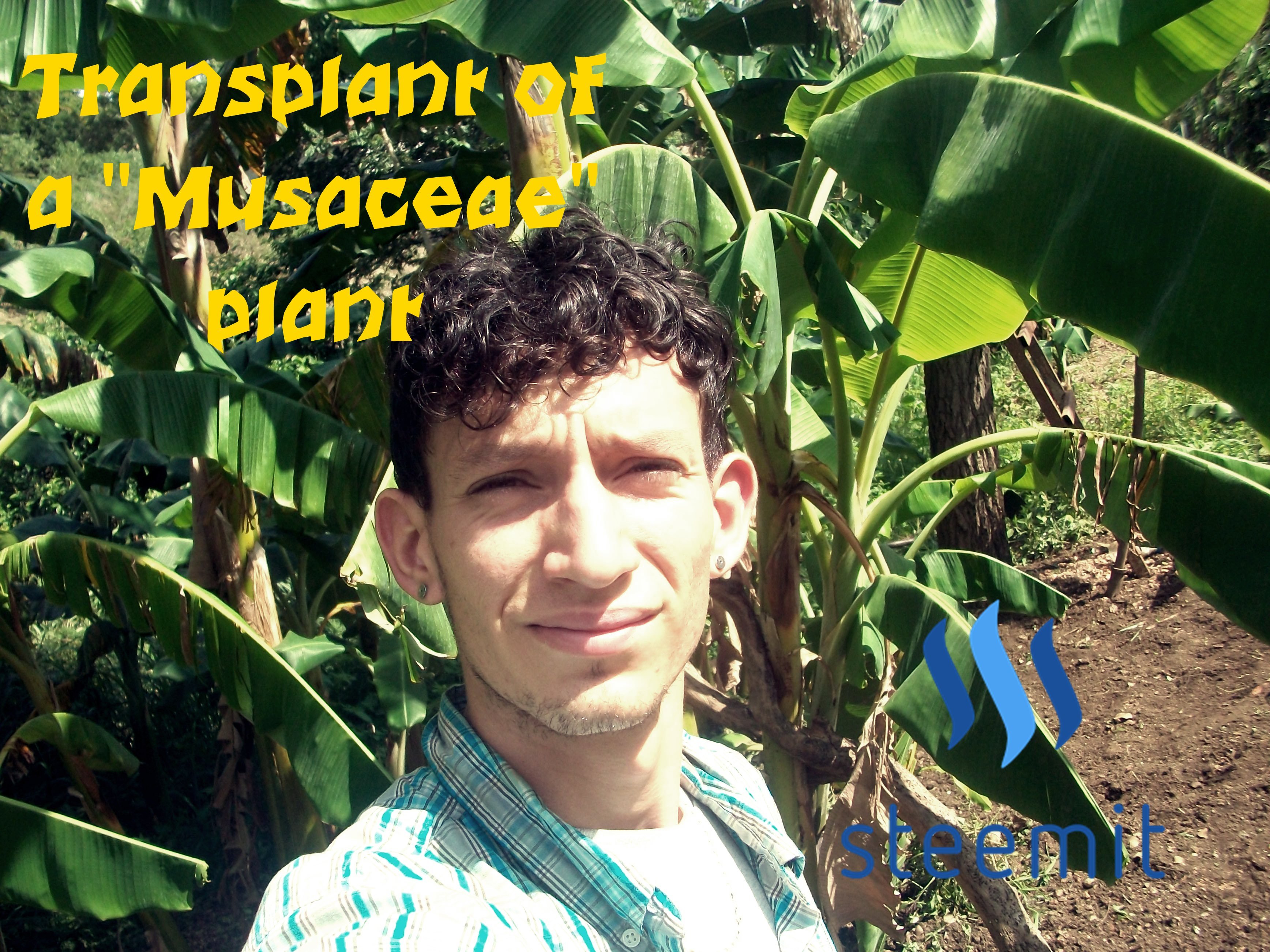
Own photography


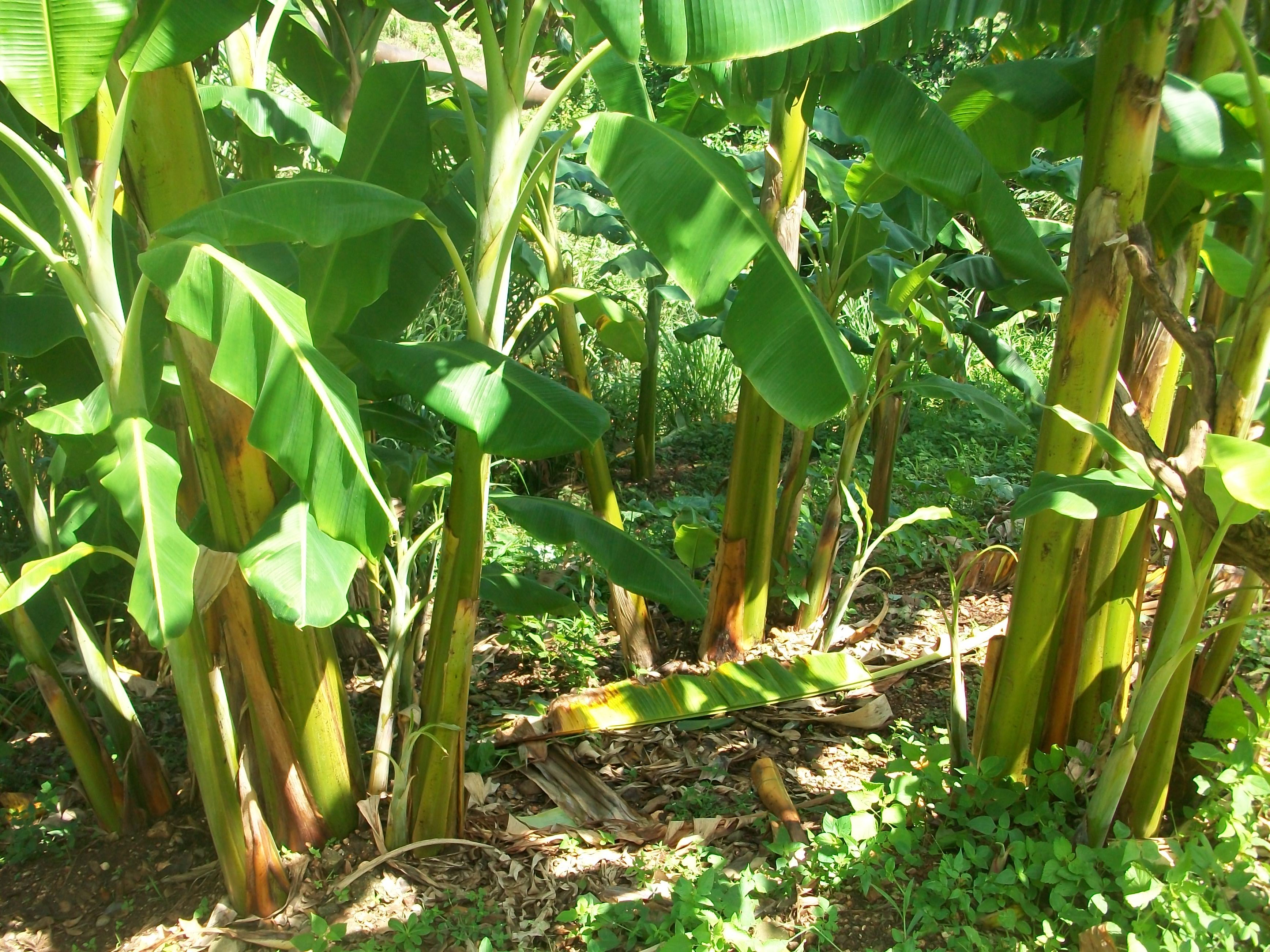
Own photography

Hello everyone, today I wanted  the community has become an easy and efficient tool to achieve a successful reproduction, without a doubt it is a plant that all or most of us know, the plant of the plant of which my garden now extends and grows rapidly, since As it develops, it spreads its species, through buds known as pacifiers or children, which will eventually grow and replace the mother. Nevertheless given the excessive amount of suckers that it produces, it truncates the possibility of the mother to have potentially successful fruits, preventing the nutrients from being absorbed by the mother; This is how the work of the farmer, producer or farmer comes in where the extraction of the children proceeds to help the mother progress and expand her banana production.
the community has become an easy and efficient tool to achieve a successful reproduction, without a doubt it is a plant that all or most of us know, the plant of the plant of which my garden now extends and grows rapidly, since As it develops, it spreads its species, through buds known as pacifiers or children, which will eventually grow and replace the mother. Nevertheless given the excessive amount of suckers that it produces, it truncates the possibility of the mother to have potentially successful fruits, preventing the nutrients from being absorbed by the mother; This is how the work of the farmer, producer or farmer comes in where the extraction of the children proceeds to help the mother progress and expand her banana production.
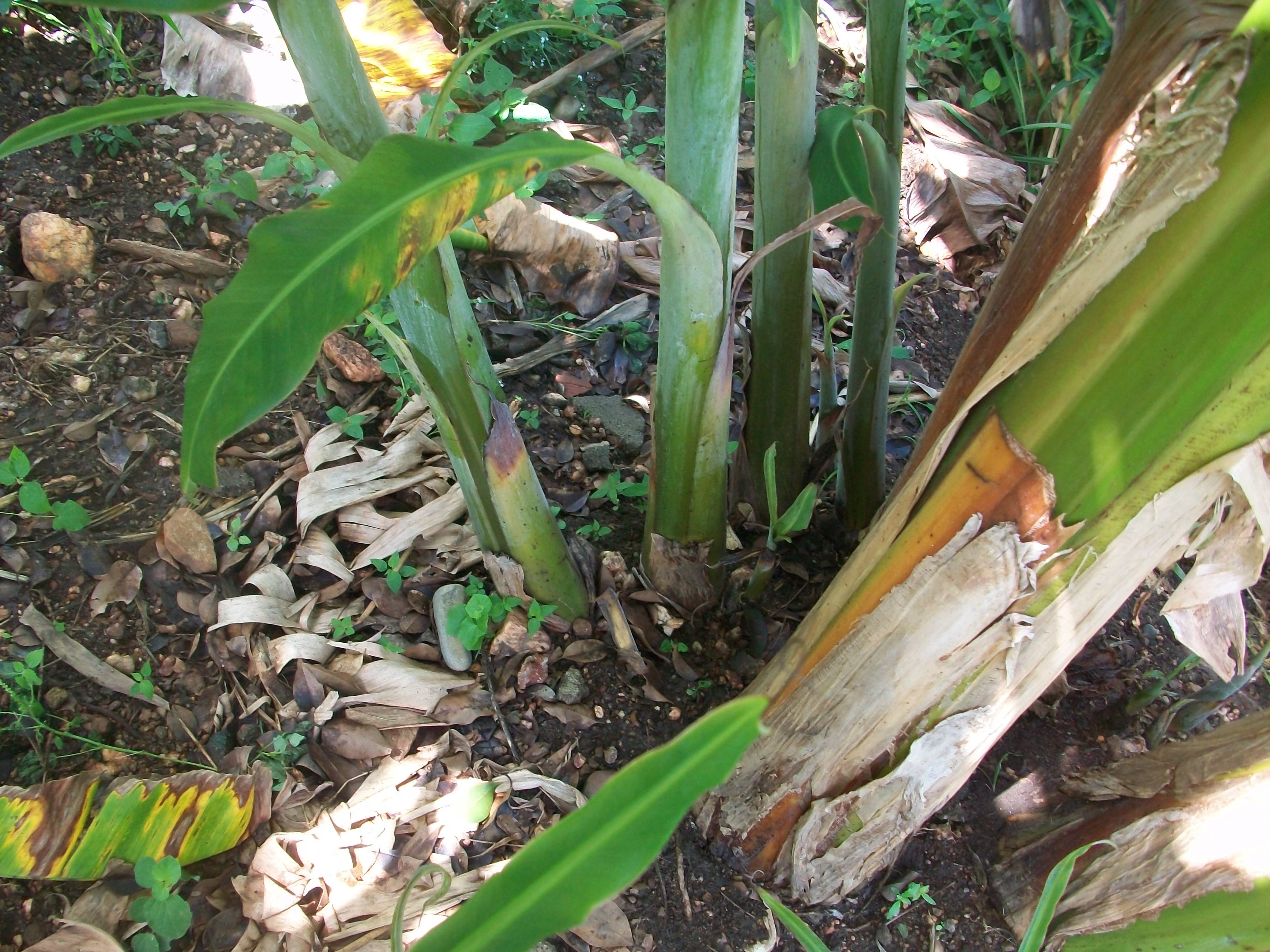

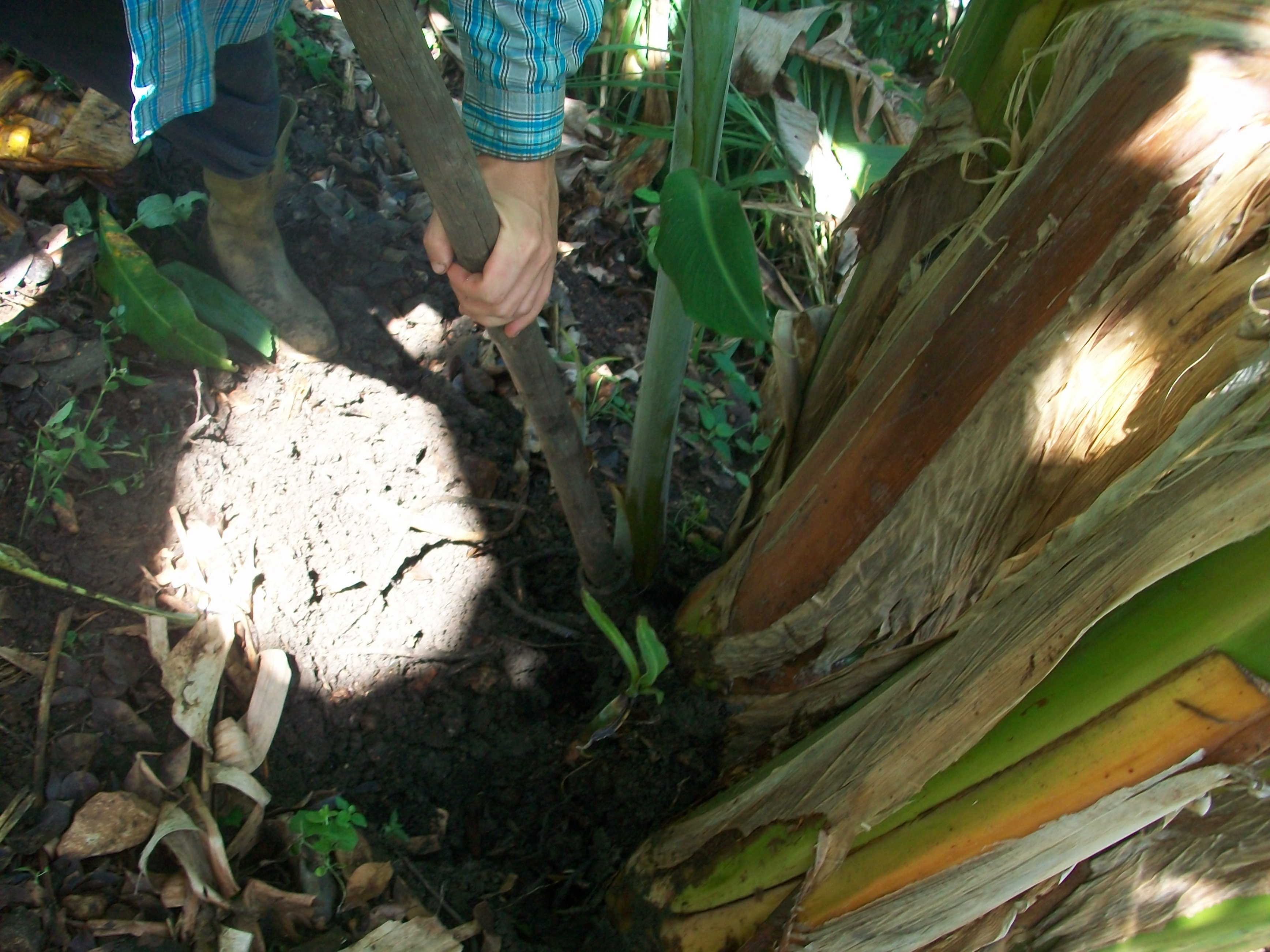
Own photography

Carefully we use an elongated tool with a sharp edge to cut the union between the mother and the pacifier, be careful when it is separating because sometimes when hitting we can break the child and we are interested in the root.

Own photography

When the mother's son is separated, he would lean slightly and it is there when we take it with our hands and pull with a little force to extract it; you also have to be careful not to use too much force because you can break and keep the roots underground.

Own photography

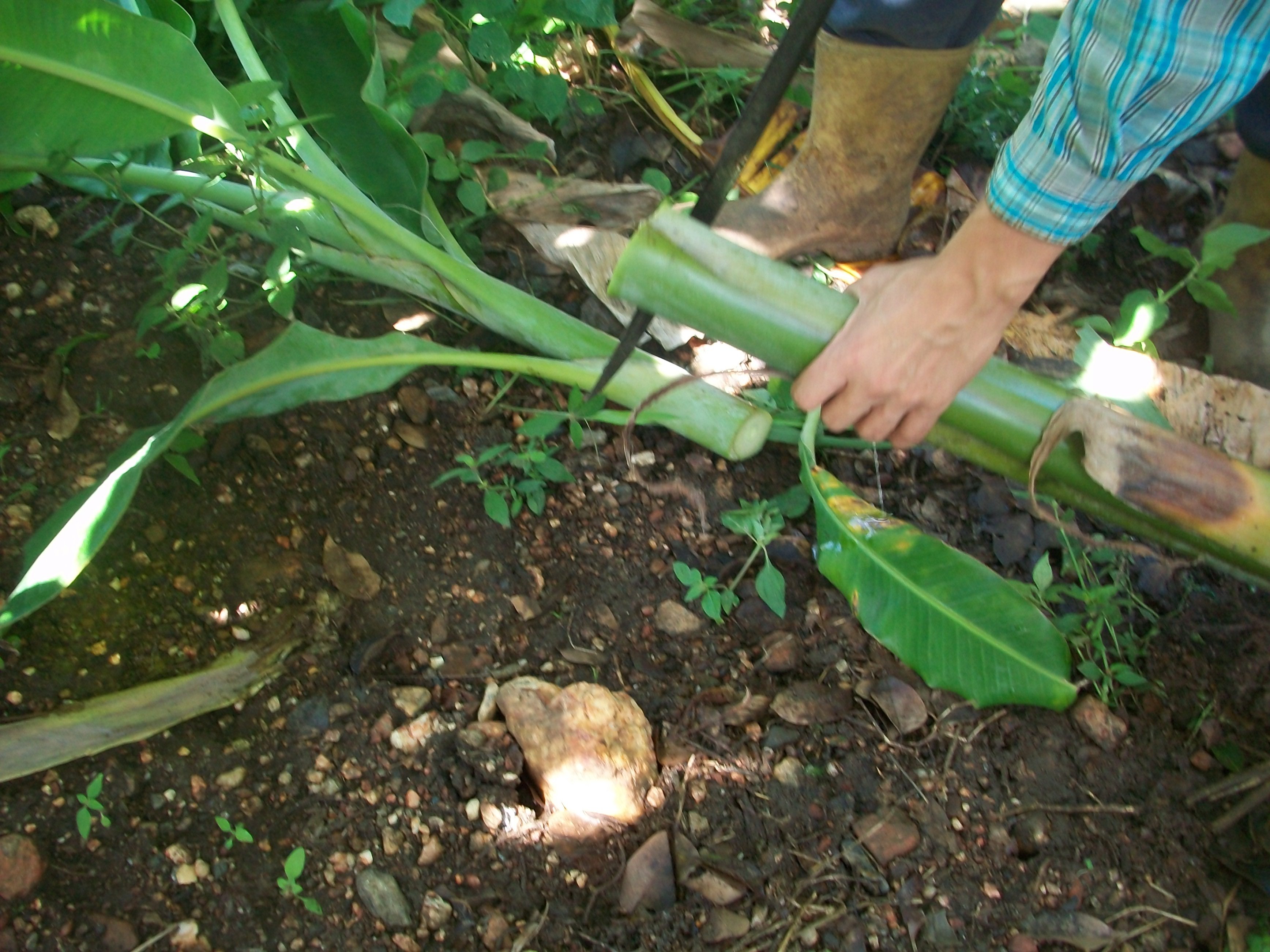
Own photography

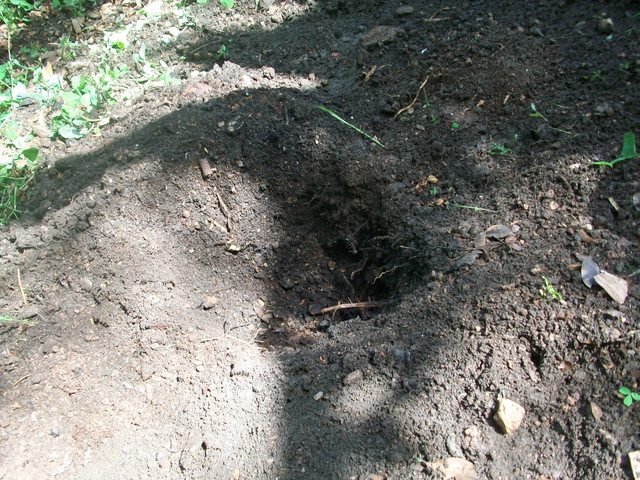

And finally we will find an ideal space for planting and open a hole in the ground with a moderate depth, taking into account that the plant will grow and if it does not have the correct bottom can fall by the weight of the fruit which represents time and lost work.
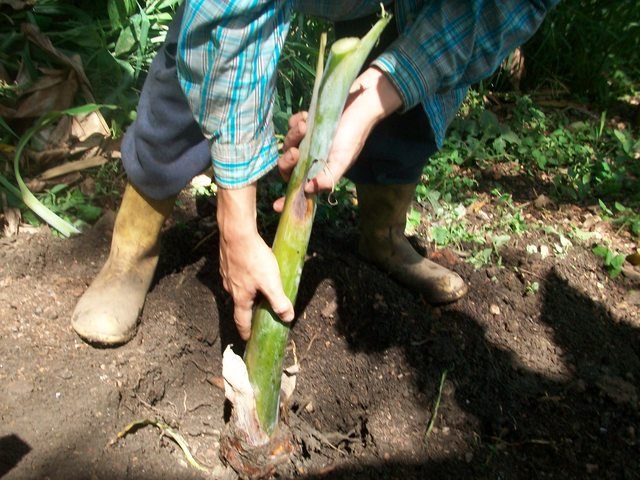
Own photography

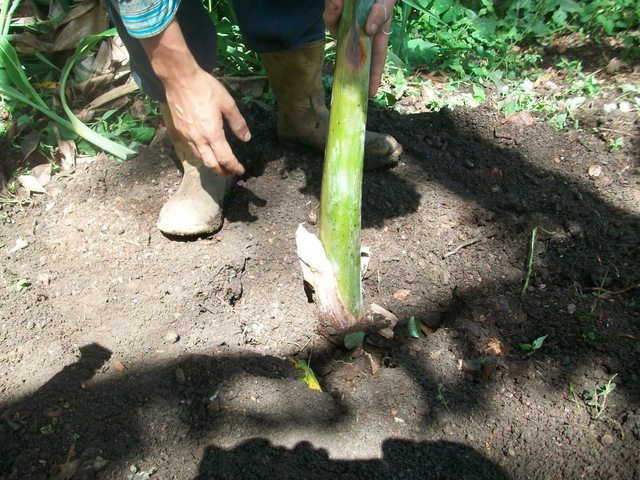
Own photography

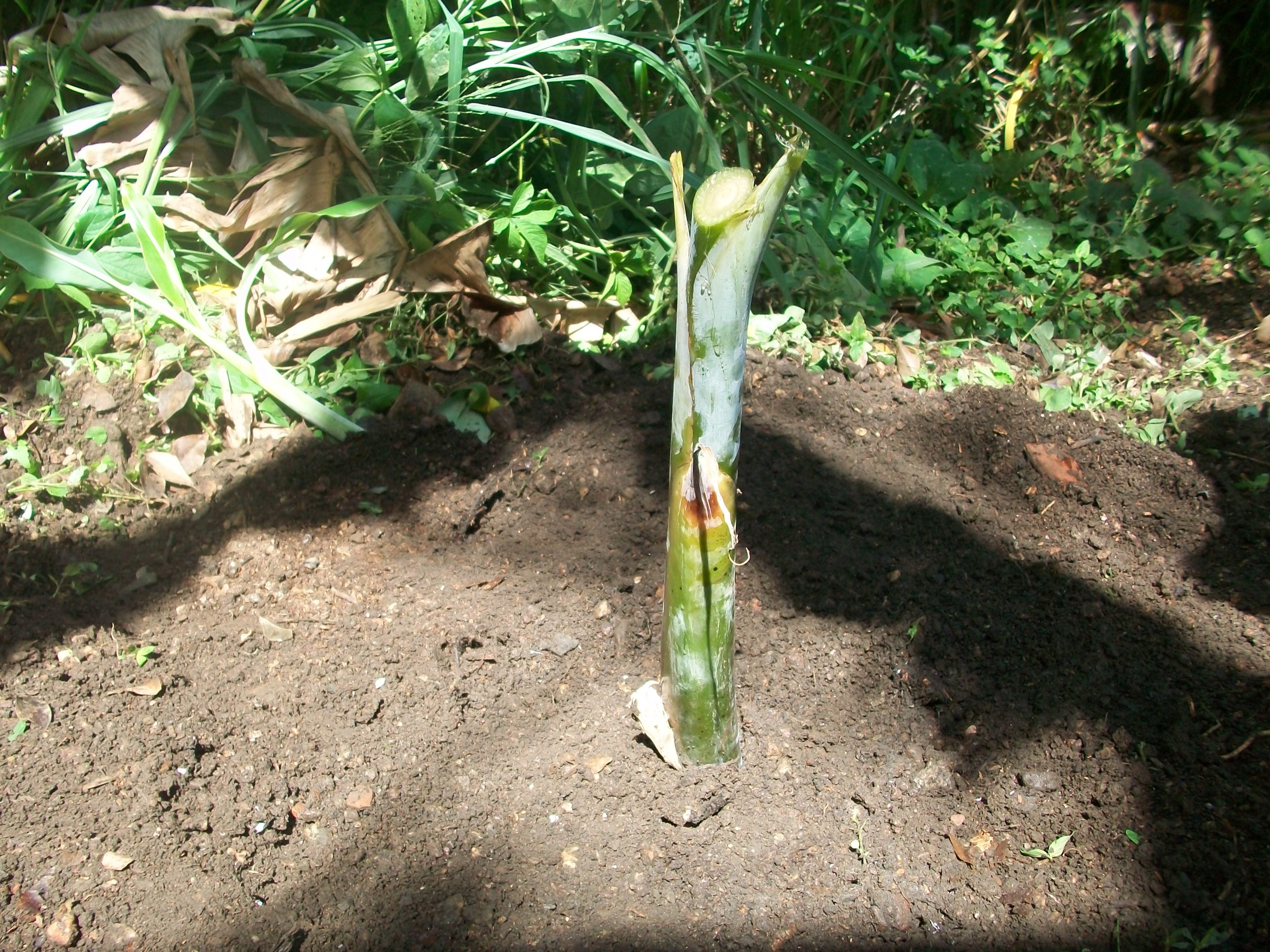

CURIOUS FACT 
To know which plant will grow fast before being transplanted, certain characteristics must be taken into consideration:
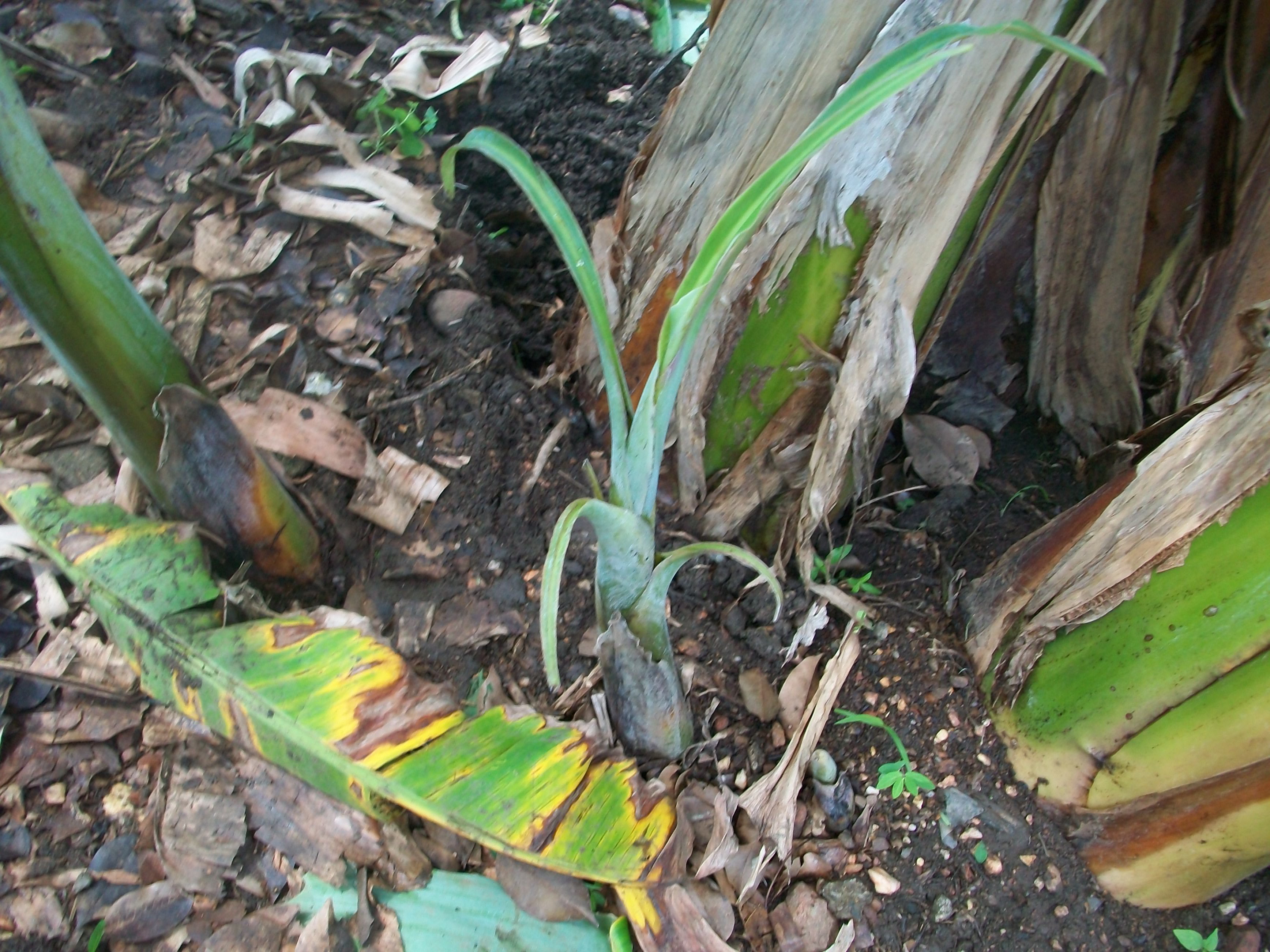
Own photography

In this case we can observe, a small pacifier but of leaves not developed at the time of being transplanted its growth is very late, reason why it is not completely developed in roots.
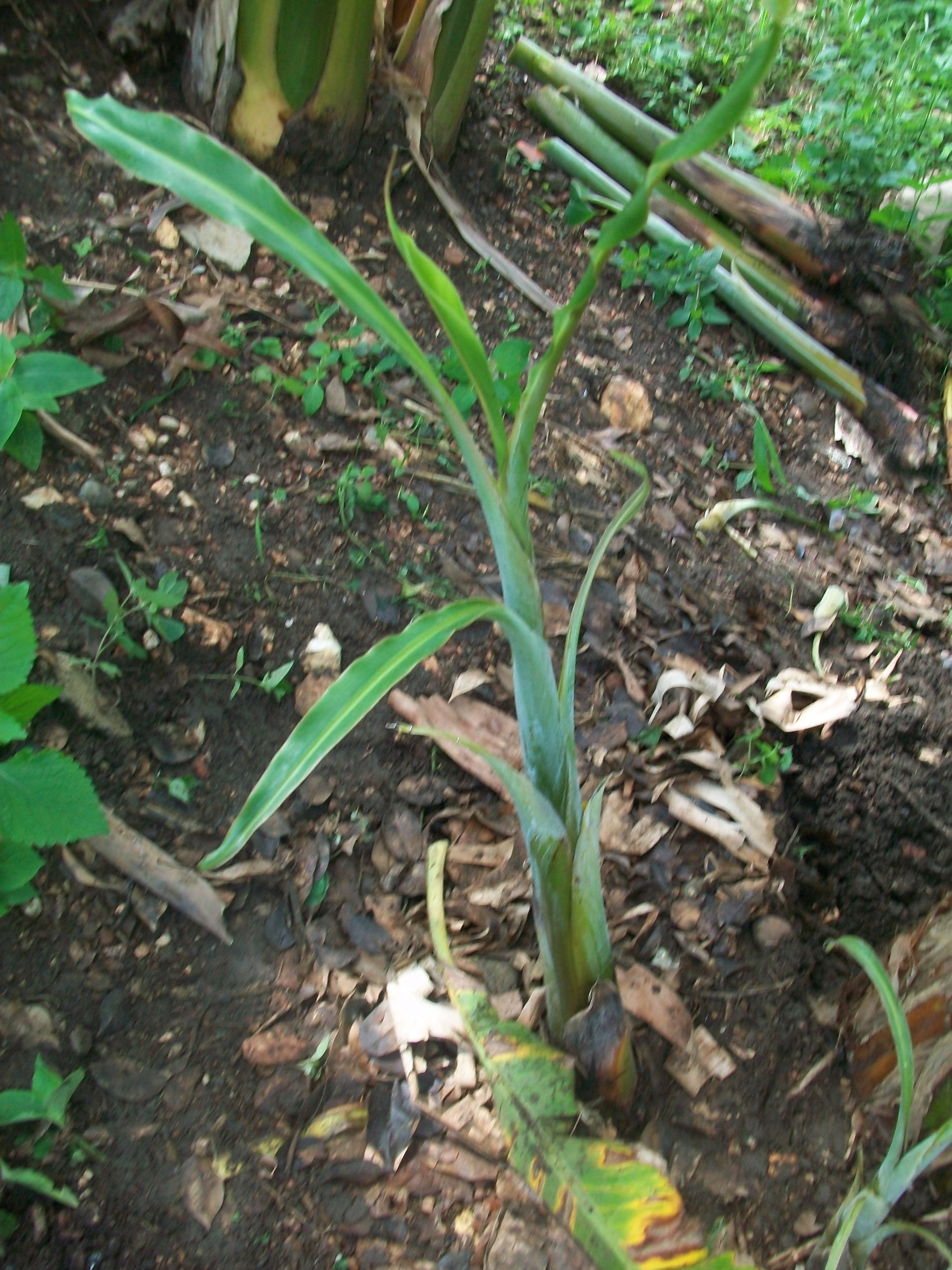
Own photography

Here we can notice that the pacifier is tall, thick, does not have the leaves spread, its growth is less delayed, since it already has an acceptable size but still has its roots not very developed.
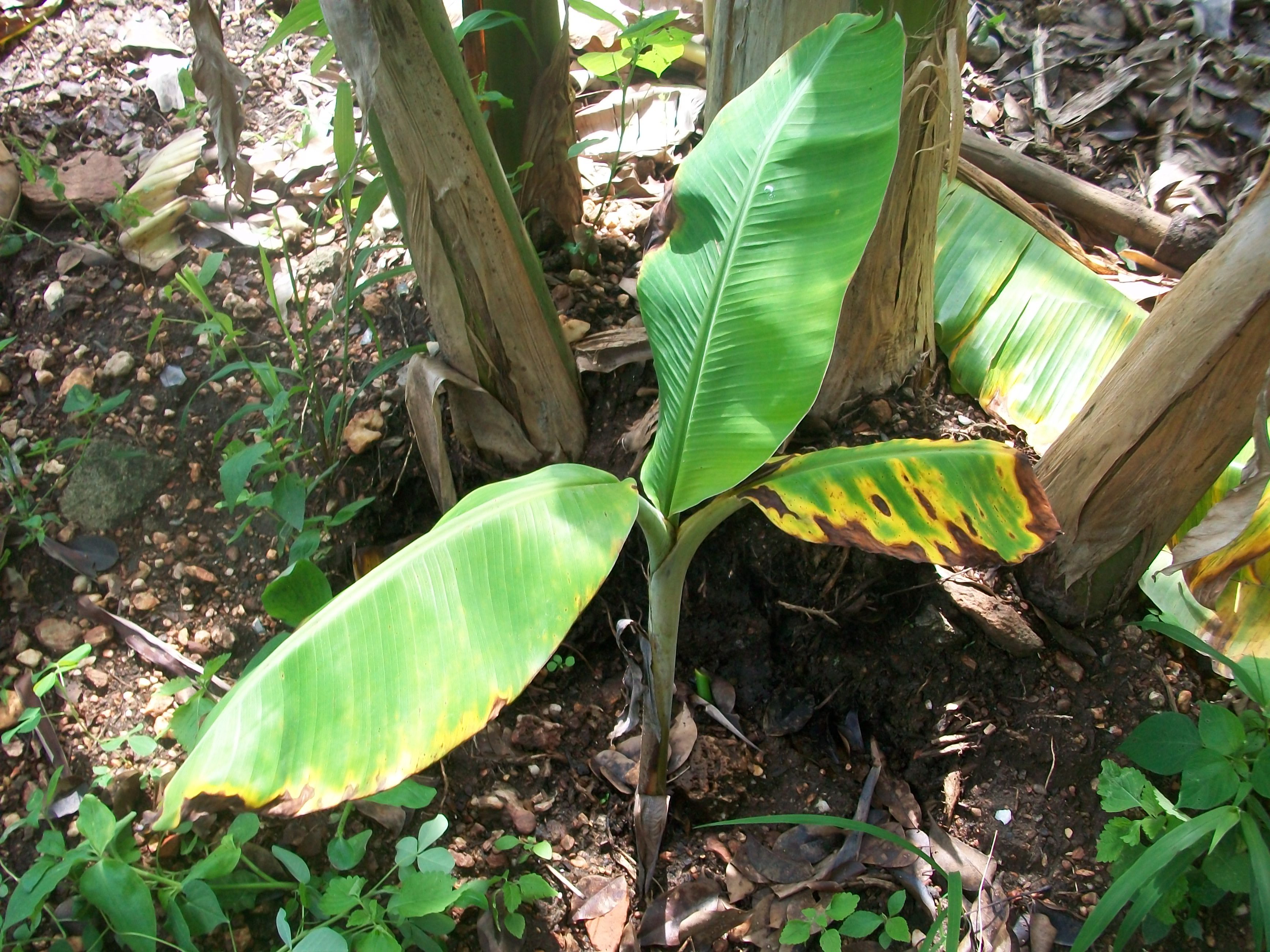
Own photography

Visualize in detail, this pacifier is small but has expanded leaves, so its growth would be fast at the time of being transplanted, because of this it has its roots more developed.










